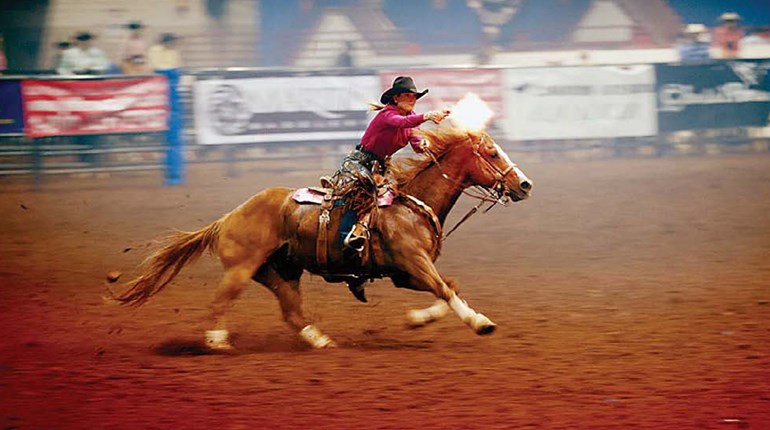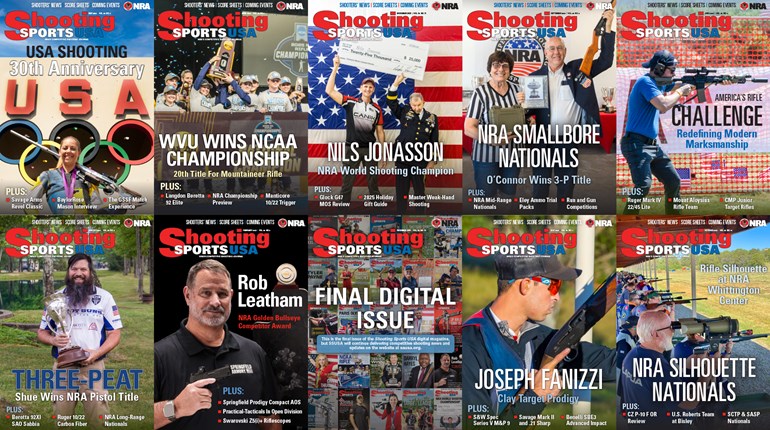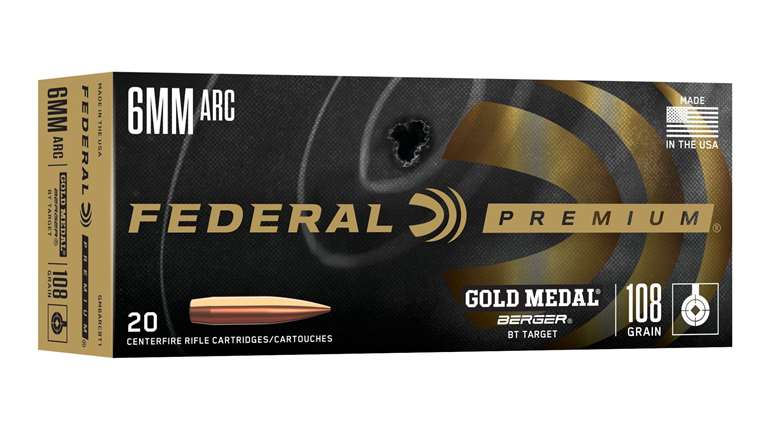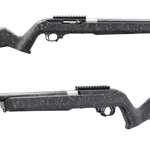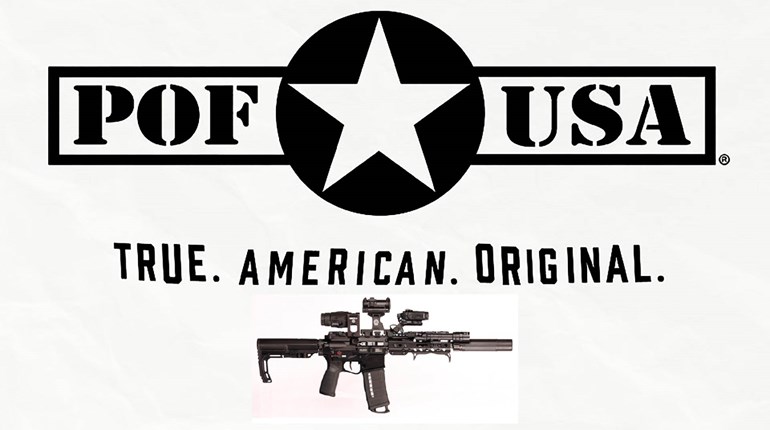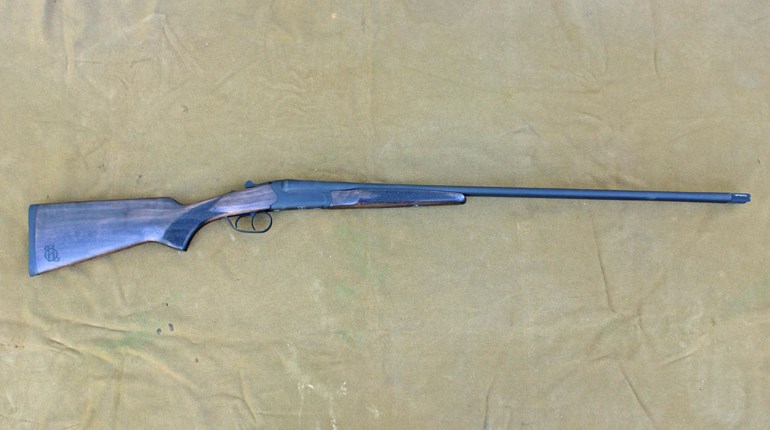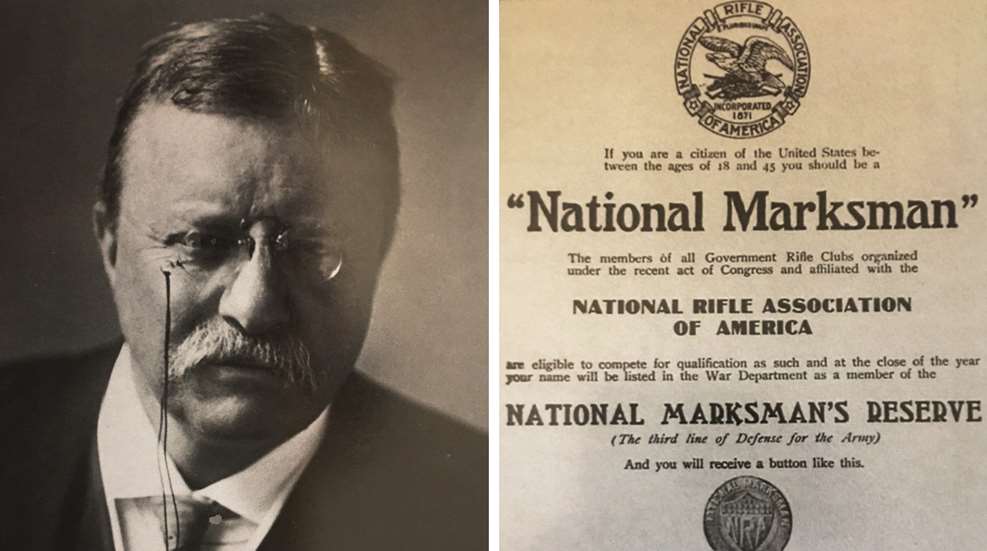
"Wherever the National trophy is shot for next year, there the National Rifle Association matches should also be shot."
—NRA Secretary Albert Jones, Sept., 1904.
Just one year after its Congressional mandate, the National Match program changed dramatically. First, two new events—the National Individual Rifle and Pistol Board Matches were added via the War Department's General Orders, No. 53, in response to the January 18 proceedings of the NBPRP (National Board for the Promotion of Rifle Practice). The same meeting also produced a resolution that called for the NRA to prepare bylaws for affiliating clubs in order to provide them with NRA membership benefits and considerations previously reserved for individuals, regular service and National Guard units.
A second significant development was the site selection of Fort Riley, Kan., for the National Board Matches, while the NRA Matches were fired at Sea Girt. In addition to the change of venue, the following was reported in Shooting and Fishing magazine:
"For the first time a Government competition, held on the first National rifle range to be built in the country, was open, with the necessary exception of the team matches, to civilian members of the National Rifle Association as well as to the regular service and National Guard. To the National Board for the Promotion of Rifle Practice belongs the credit for having formulated the plans by which this meeting was made possible ... That more civilians did not compete is not surprising, considering the difficulty encountered in obtaining a Krag rifle by an individual citizen of the United States."
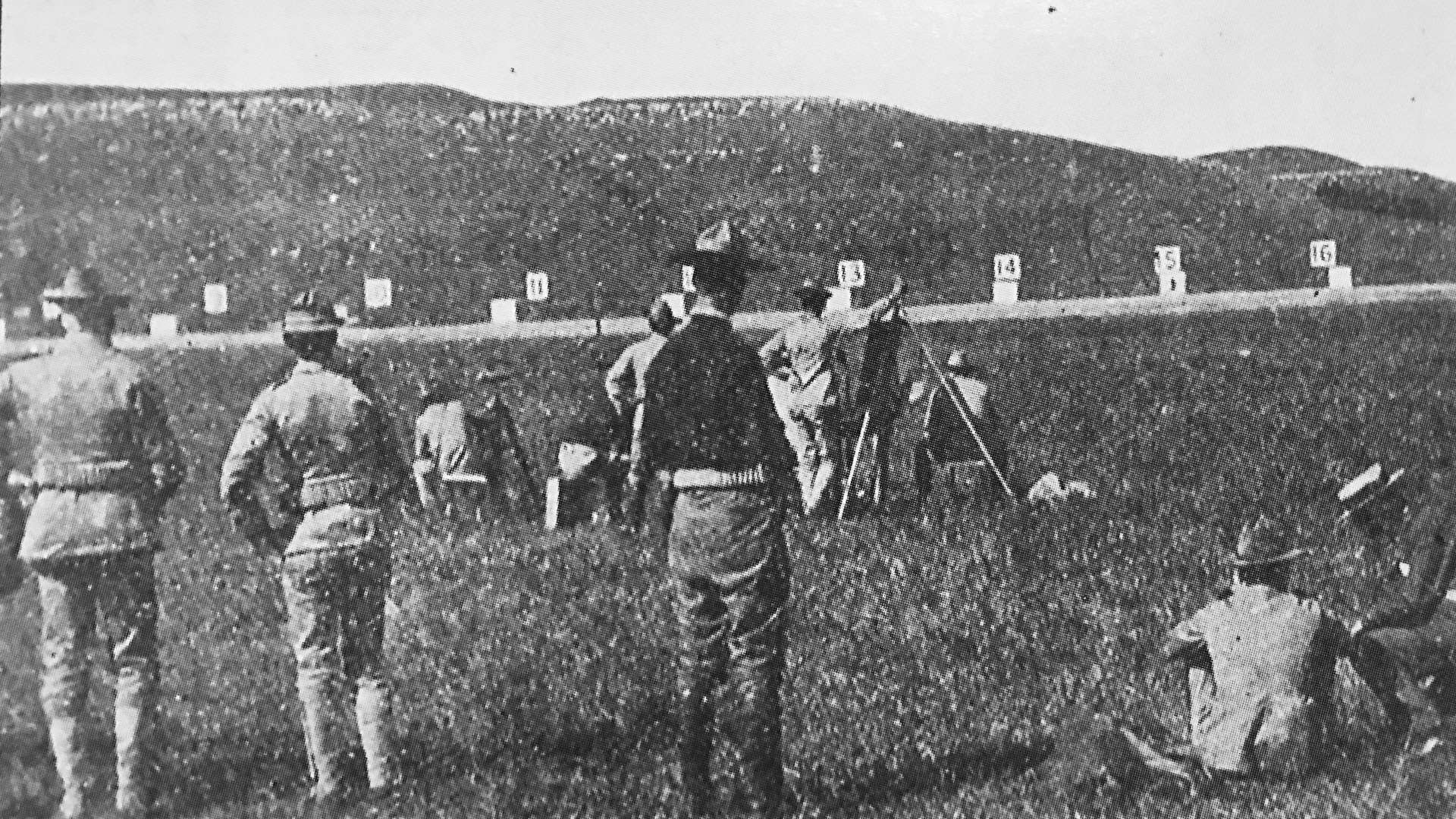
Conditions of the government rifle matches were changed, and over the course of three days, competitors in the team event shot slow fire at distances of 200, 600, 800 and 1,000 yards, in addition to rapid fire at 200 and 500 yards, plus two skirmish runs, leaving many vulnerable to the advanced barrel wear tendencies of the Krag. And in the inaugural National Individual Match, which was fired over two days and featured slow and rapid fire at 200, 300, 500 yards, 600-yard slow fire, plus the two skirmish runs, Sgt. George Sayer of the 15th Infantry took first place in a field of 200 entries, where just one civilian finished in the top 30. The government pistol competition on targets identified as A and K called for U.S. service Colt or Smith & Wesson .38 caliber revolvers in slow- (75 yards), timed- (25 and 50 yards) and rapid-fire (15 and 25 yards), and of the 12 prize winners, two fired Smith & Wessons while the rest opted for Colts. Of the 38 completed scores, the Cavalry's Sgt. M. Carey topped the field that included rifle legend Lt. K.K.V. Casey at 21st overall. The lone civilian pistol representative was John Taylor Humphrey, editor of Shooting and Fishing, who finished in ninth place. Capt. A.C. Macomb, U.S. Army, served as National Match Director.
The new range at Fort Riley was chosen for its central accessibility in the hopes that more competitors from western and southern locales would participate. The facility had earned its original name, Camp Center, for being in nearly the exact geographical center of the United States and its role as a key cavalry and field artillery post dated back to 1852. But compared to Creedmoor and Sea Girt, Fort Riley lacked the terrain desired for competitive shooting, evidenced in its elevated firing points such as those on the 1,000-yard range that required shooters to climb 30 feet. Add the propensity of the Kansas landscape to serve up severe winds and mirage, and the overall results were lower scores across the board. Nevertheless, the New York National Guardsmen defended their team title and regular service performances improved, including the winning of the Hilton Trophy for the first time by a regular service team (Navy), which many considered more impressive than the winning of the National Trophy, given the historic background of the Hilton. The last event of the competition was the National Pistol Match, which was fired on the rifle range since Fort Riley offered no separate pistol range.
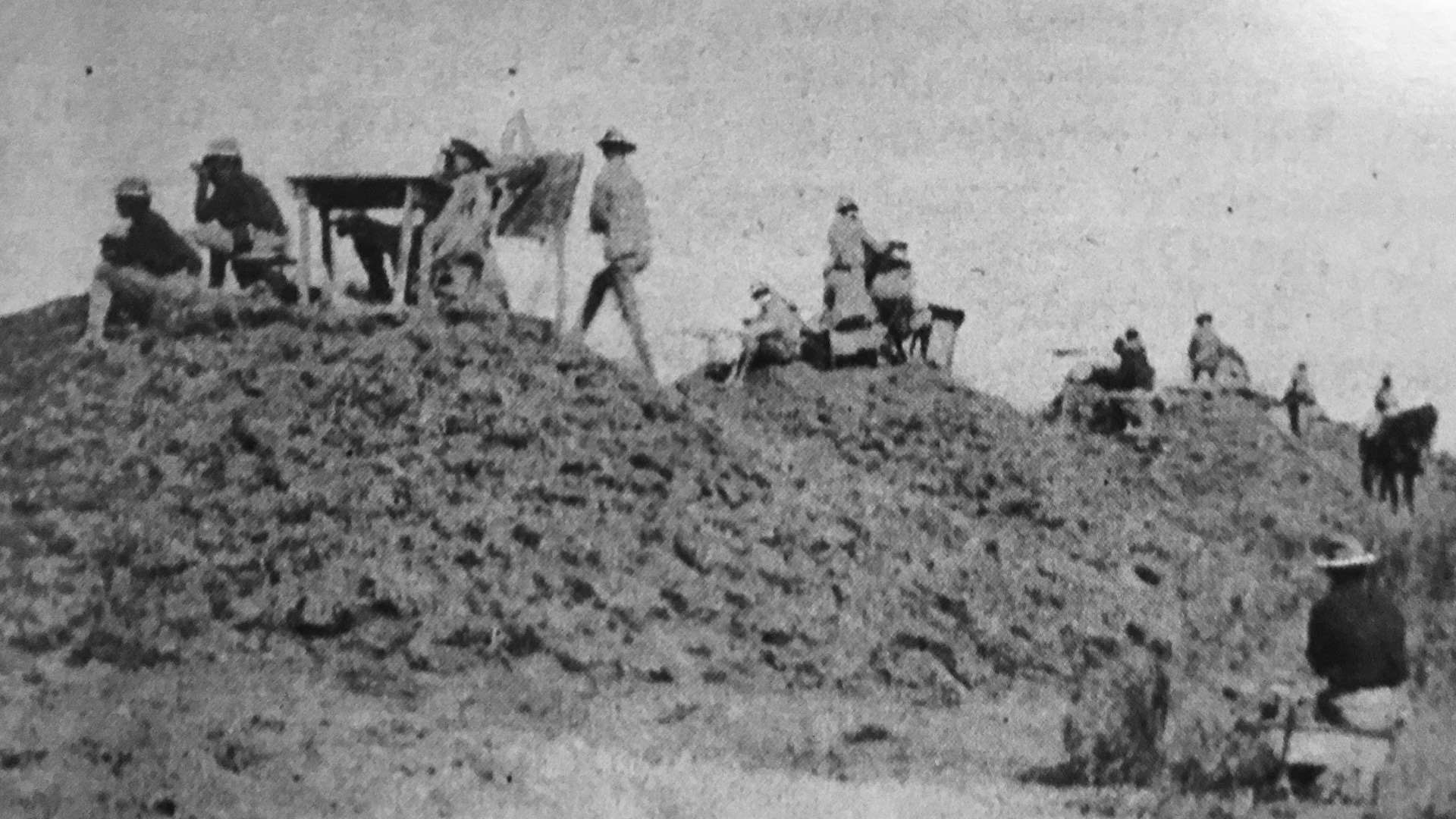
The 1904 Board Matches were held August 22-27, while the NRA held its Annual Matches in conjunction with the New Jersey State Rifle Association the first 10 days of September. The Sea Girt program featured almost 40 matches that included some new novelty events, as well as the NRA's National Marksmen's Match, which required the same course-of-fire as a popular program presented in an earlier NRA resolution to the NBPRP that was approved by Secretary of War William Howard Taft. The resolution issued via a War Department circular on July 15 called for a National Marksman's Reserve, a system for clubs to qualify their own shooters (aged 18-45) who made a total of 50 points at ranges of 200, 300 and 500 yards on official score sheets allowed by the NRA. The program allowed eligible citizens who were not connected with the military opportunities to partake in a nationwide program whereby qualifiers received NRA lapel buttons and were added to a Volunteer Preference List at the War Department in the case of national emergency.
Without regular service staff to assist in running the Sea Girt matches, NRA employees were joined by the 95th Coast Artillery from Fort Hancock who served as scorers and markers. With the staggered schedule of the two events, many of the eastern National Guard teams showed up to Sea Girt to compete while the Marine Corps was the only regular service represented.
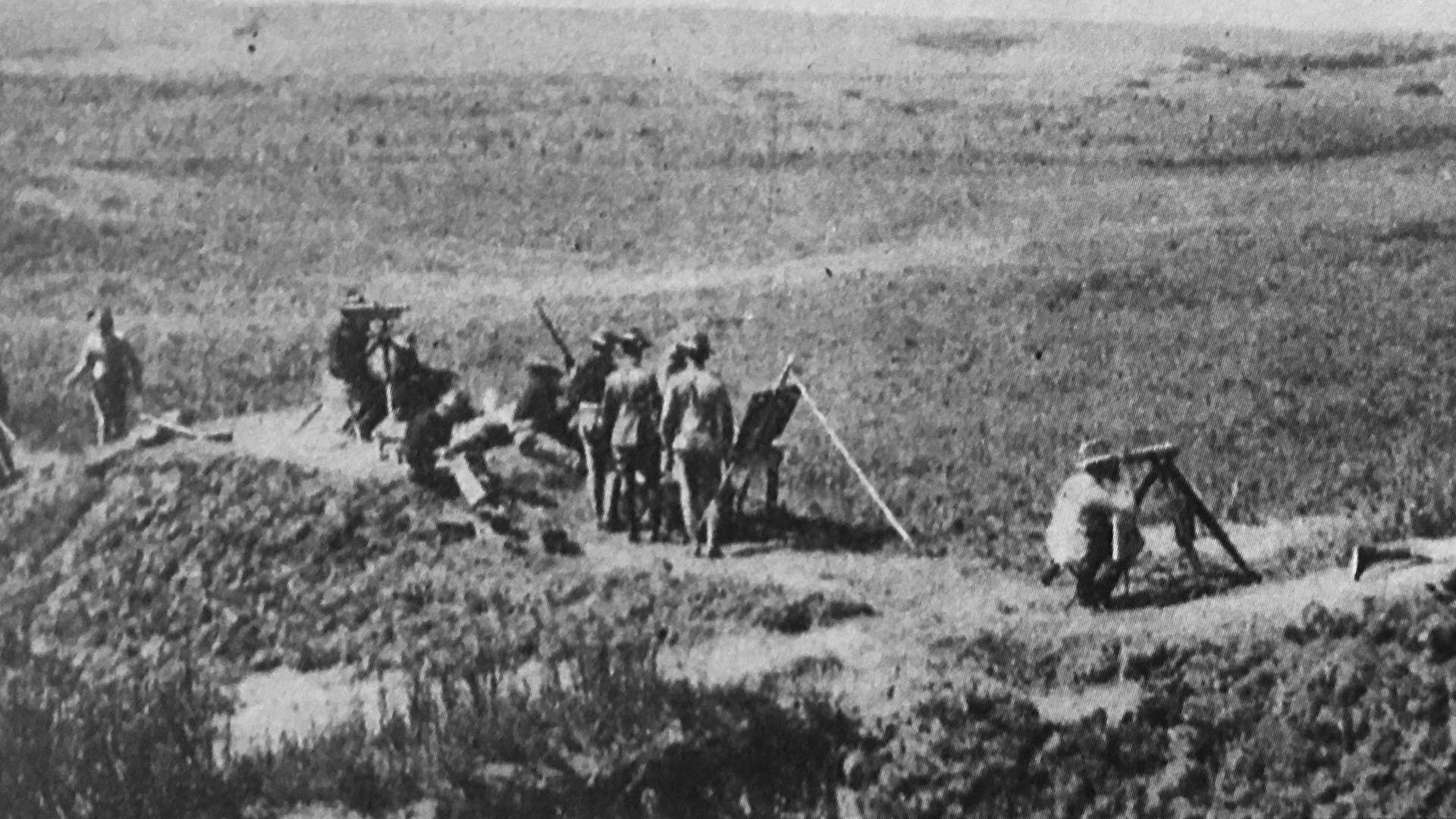
Former District of Columbia National Guardsmen Dr. George E. Cook won both the Wimbledon and Leech Cups. Using handloads in his Krag, Cook's recipe for using 200-grain bullets and 38 grains of Laflin & Rand "W.A." powder was, according to accounts in Shooting and Fishing, "in excess of those (charges) generally used, and are not to be recommended for the average rifleman."
The President's Match, considered the jewel of the NRA program, was patterned after the Queen's Match in Great Britain, and began in 1878 as the American Military Rifle Championship. In 1884, it became known as the President's Match. In 1904, 20 years after the name change, the service rifle match was shot in two stages for the first time, and featured seven shots per range fired in a first stage at 200, 300, 500 and 600 yards. The top 50 then advanced to the second stage at 800 and 1,000 yards. The match took on added significance this year when the tradition of the U.S. President writing a letter of congratulations to the winner began.
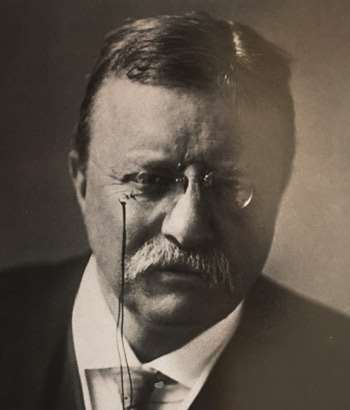
President Theodore Roosevelt wrote the inaugural letter to Pvt. Howard Gensch of the First Infantry Regiment of New Jersey's National Guard. Dated September 24, 1904, Roosevelt's letter read:
"I have just been informed that you won the President's Match for the military championship of the United States of America. I wish to congratulate you in person, and through you not only the First Regiment of the National Guard of New Jersey, but the entire National Guard of New Jersey. As a nation we must depend upon our volunteer soldiers in time of trial; and, therefore, the members of the National Guard fill a high function of usefulness. Of course, a soldier who cannot shoot is a soldier who counts for very little in battle, and all credit is due to those who keep up the standard of marksmanship. I congratulate you, both on your skill and upon your possession of the qualities of perseverance and determination in long practice by which alone this skill could not have been brought to its high point of development."
With this type of recognition, the question of who deserved the title of military champion of the United States arose. Was it the winner of the National Individual Match, or the NRA's President's Match? "[It] would seem to us desirable," stated the editors of Shooting and Fishing on November 17, 1904, "that the National trophy individual match and the President's match should be merged into one, with a prize list that would compare favorably with the King's match in England, where over $10,000 is annually distributed."
While neither the merging or monetary aspect of this statement may have seemed plausible at the time, what was obvious after the 1904 matches was that a split-match format was not a good idea. Holding separate matches was not profitable: they required more time and expense than most competitors could afford; made the attendance at both practically impossible; and generally worked against the objective of standing united to promote marksmanship in the United States.
In his Annual Meeting report during the NRA Matches, Secretary Albert Jones recommended that "the contest for the National Trophy should be combined with those of the National Rifle Association. It was never intended it should be otherwise, but somehow the National match got side-tracked into a strictly Army competition, contrary to the wishes of the National Board which brought the trophy into existence. Wherever the National trophy is shot for next year, there the National Rifle Association matches should also be shot."
See more: NRA National Championships: The Early Years














